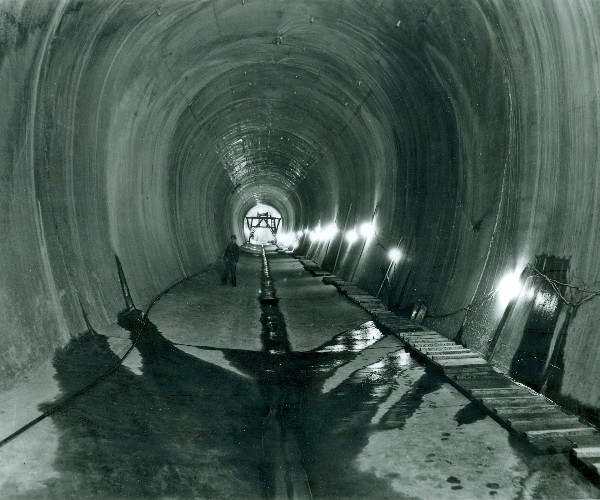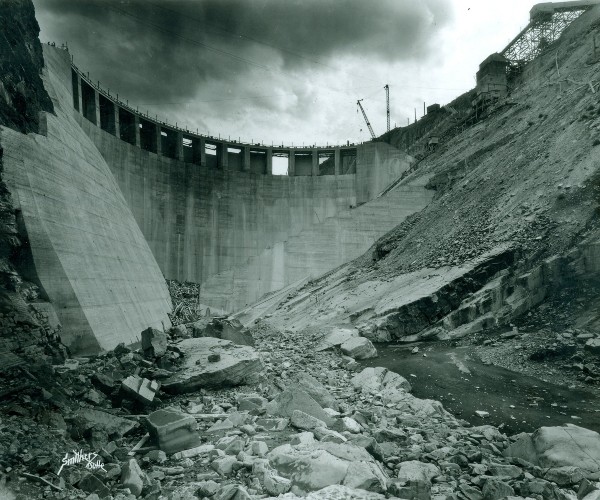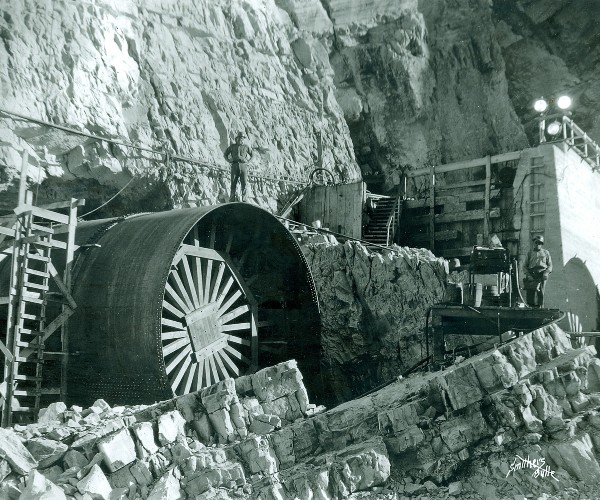SXʷNQ̓EʔELS L SUW̓EČM / KSUKⱠIⱠMUMAⱠ ʾA·K̓͏AⱠMUKWAʾITS, Inc., operating under the business name Energy Keepers, Inc., is a Confederated Salish and Kootenai Tribes wholly owned Independent Power Producer bringing renewable energy to markets across the United States. EKI is entrusted with the oversight and management of the SE̓LIŠ KSANKA QĹISPE̓ Project located within the Flathead Indian Reservation.
The Se̓liš Ksanka Qĺispe̓ Project, is located just 5 miles from Polson, MT. This three-unit hydro plant has the capacity to generate 208 MW of electricity. On average, it produces 1.1 million MWh annually, enough to power 100k-110k homes every year! ?? #GreenEnergy
#FuturePowered #CarbonFree #CleanPower
Latest News

1
Energy Keepers, Inc.
A Corporation of the Confederated Salish and Kootenai Tribes






